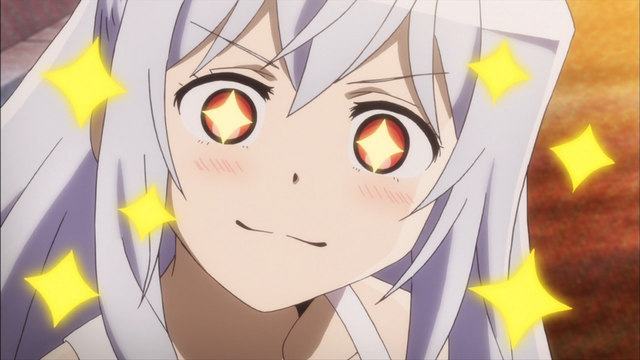
Despite the scandal starring Hideo Kojima and Konami in 2015, the Japanese company remains a synonym for nostalgia for many. Whether licensed games or intellectual properties of its authorship, Konami consolidated a pulse as one of the most endearing developers during the nineties and the first decade of the new millennium. That is why his subsequent move to the market of games for mobile devices and pachinko was seen as a betrayal by several players. Even this led to the thought that franchises like Contra and Castlevania would never return, at least off the platforms mentioned. While there is no absolute guarantee that any of these franchises will receive a new game, it seems that the battle between the Belmont and Dracula can be perpetuated in a distinctive medium to the video game.

In development since before the third quarter of 2015, the series Castlevania was intended to have as executive producer Adi Shankar. In that name, the creator responsible for creating Dredd, The Punisher: Dirty Laundry and Power / Rangers, Shankar gave a vision from the beginning of the project based on Castlevania III: Dracula's curse and that would have a dark and satirical. He also revealed that Frederick Studios - known for animating series as Adventure Time and The Fairly OddParents - was responsible for bringing the project to life. After this first announcement, the project was not heard again until the beginning of February this year. It was at that time that it was announced that the Castlevania series would debut on Netflix sometime in 2017.
After the last few months of waiting, fans of the Konami franchise and animation enthusiasts can finally enjoy a reinterpretation of the first canonical confrontation between the Belmont and Dracula. Is it an adaptation worthy of one of the most famous franchises in the video game industry or a series of more that does not understand the spirit of its material source? Join us in this bloody review to find out ...
The first thing to clarify about the first season of this series is that it is nothing more than an introductory storyline to what Castlevania III: Dracula's Curse is. These first four episodes, each less than half an hour, serve primarily to establish the tone and motivations of the protagonists. Of course, this does not imply that the first season does not have a story. In fact, to be a prelude, the four chapters demonstrate a fundamental understanding of the mythology of franchising and, more importantly, a desire to complement it.

The plot of the first season of Castlevania takes some elements of Symphony of the Night to humanize to the main antagonist. To be more specific, the implementation of Lisa - a character who has only appeared in the game mentioned - and his relationship with Dracula is what allows him to have sympathy for him. While interacting briefly, it is more than enough to show why Dracula does what he does. In addition to serving as a motivator for the villain, Lisa is one of many elements that builds the dark tone that characterizes the series.
Whether it was for the state of technology or to deliver a simple plot, the Castlevania franchise's first games never fully recognized the historical period in which they were set. It should be clarified that this does not refer to the specific year in which they go or how faithful the design of scenarios and characters with respect to the time. For example, Castlevania III: Dracula's Curse made known through its history and visual presentation that passed in the Middle Ages. However, it did not recognize the cultural, political and social implications of the historical period. In contrast, the first season of the series reiterates throughout its four episodes the power with which the Church counted and the brutality that characterized the Middle Ages. Although there are a number of scenes of violence quite explicit, this is justified by having a narrative value.
This historical background not only serves to make the series stand out from its source material, but also influences the motivations of the main characters. Whether on their own initiative or the circumstances surrounding them, the protagonists take action in the conflict that unfolds after the first episode. However, the only one that properly has a development is Trevor Belmont. Throughout the series you can see the contrast between the personality of the protagonist - disinterested, haughty and cynical - and the past glory of the Belmont family. Unfortunately, the latter is mainly known through exposure of secondary characters. This is especially evident in the bar fight in the second episode and certain interventions by the speakers. Excluding a few scenes loaded with exposure or unnecessary exchanges - in the first episode there is a discussion centered on sexual relations with goats -, the first season of Castlevania has an excellent rhythm.
As far as the visual section is concerned, Frederick Studios did a masterful work with illustration - this includes scenarios and character designs - and animation. The latter ranges from acceptable to impressive, especially in action scenes. While not perfect, the animation does not have the mistakes that are usually seen in today's anime. In short, the first season of Castlevania is a pleasant experience for the view from start to finish.
You dropped this upvote, senpai.

Downvoting a post can decrease pending rewards and make it less visible. Common reasons:
Submit
cool review. very well analysed. I like the background that you gave to frame the review. can I include this in the best video game reviews of the week?
Downvoting a post can decrease pending rewards and make it less visible. Common reasons:
Submit
Yes.
Downvoting a post can decrease pending rewards and make it less visible. Common reasons:
Submit